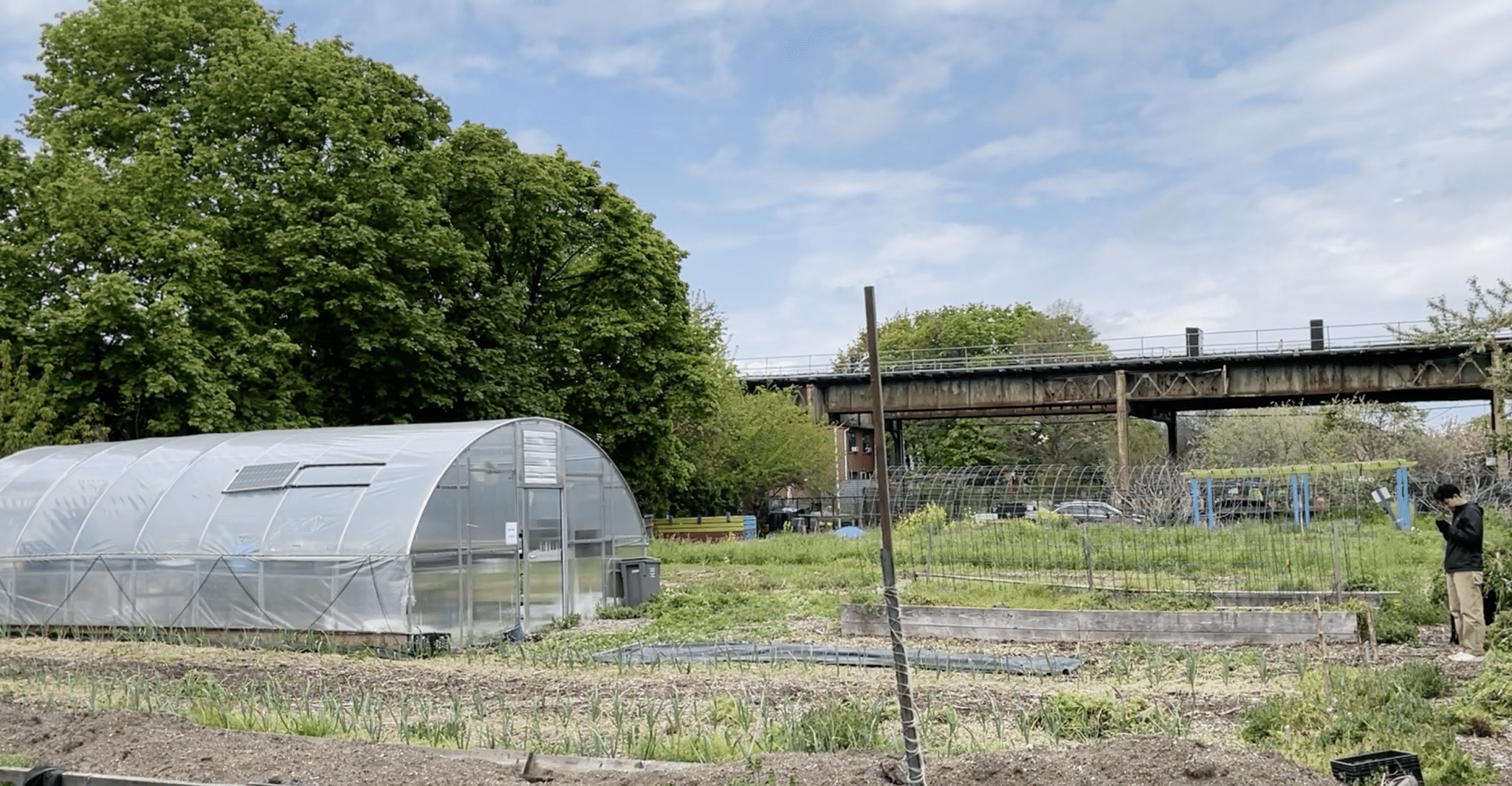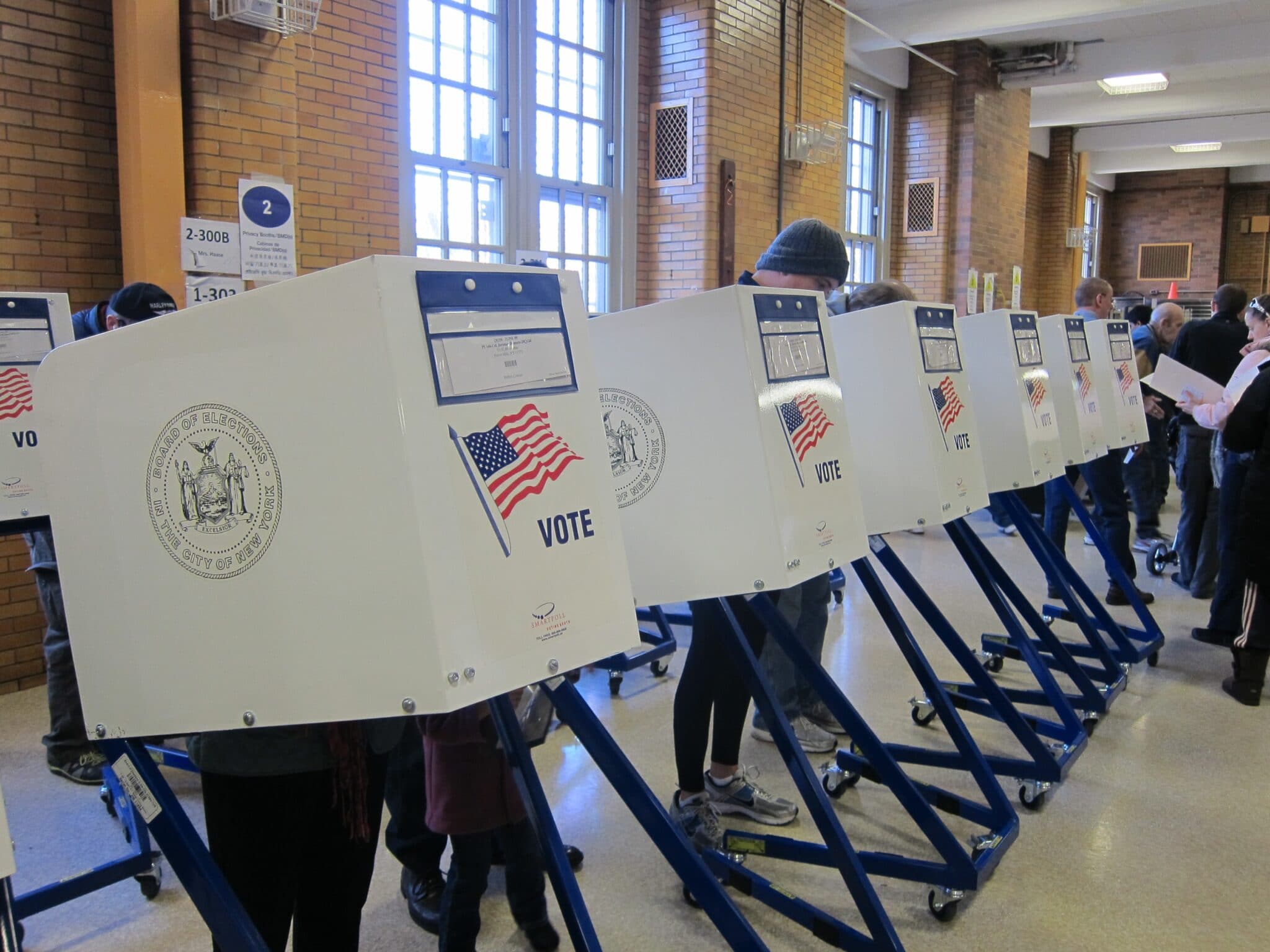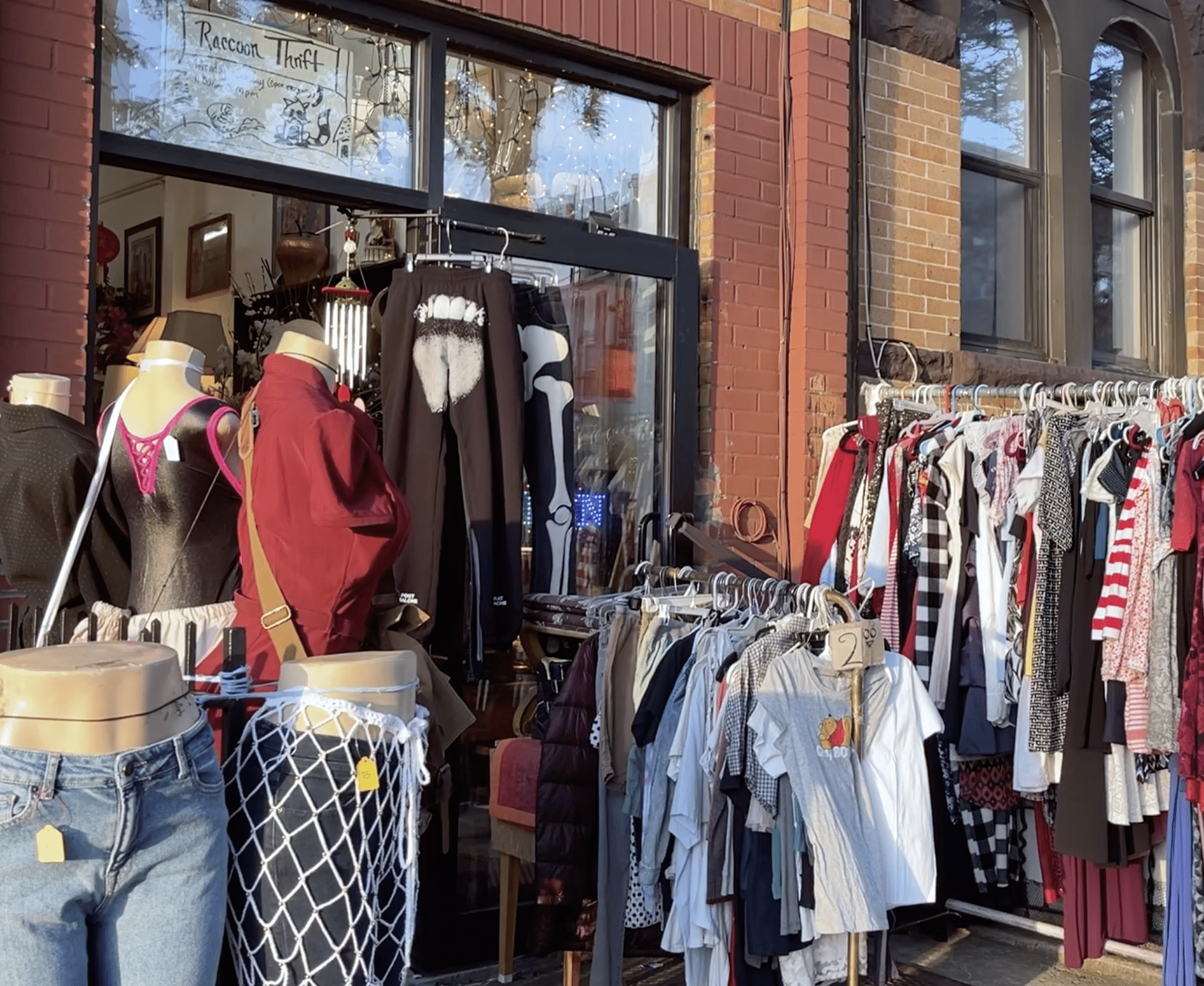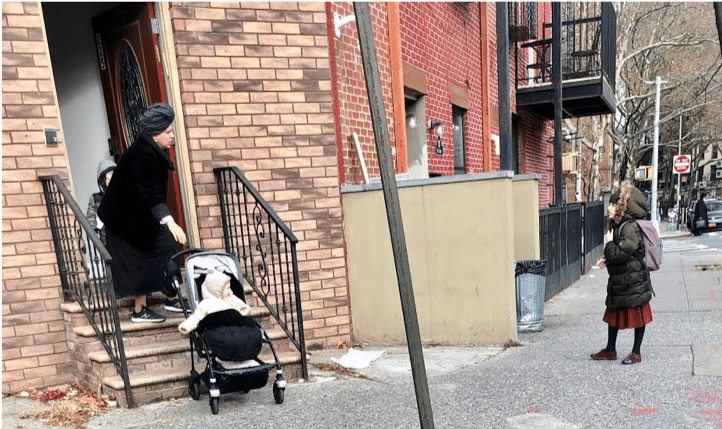Some teachers feel constant anxiety around public health during in-person teaching. Photo by Endri Killo on Unsplash.
New York City teachers try to rise to the challenges created by the pandemic. But some say the city has handled school opening, closing and then opening again in a less than satisfactory way.
When the New York City’s public school system first shut down in March 2020, life changed for 1.1 million children, their parents and 75,000 teachers. As cases started to decline going into the fall semester, Mayor DeBlasio seemed confident that schools would be okay to reopen. After weeks of delays, public elementary schools opened the last week of September. While fewer than 30 percent of parents chose to send students back to school, some teachers and faculty staff say they are forced to put their lives at risk because of the Mayor’s decision.
More than a month after school reopened, and the positivity rate increased to three percent, DeBlasio announced all New York City public schools would shut down until after Thanksgiving. Diana Del Giudice, a fourth-grade teacher, found it distressing.
“Cases are spreading in my district, even with students virtually at home because teachers and staff still have to come into school and teach in their empty classrooms,” Del Giudice said. Uncertainty is a big problem. “My school administration has terrible communication, including with how they communicate to students and the staff. No one ever knows what the plan is.”
Other teachers, in other schools, feel the same way. After the two-week shutdown, public schools opened their doors once more on December 7, even though the positivity rate increased from three to five percent. The Mayor declared it safe and set up more testing in the schools. “This is a good day for New York, even against a tough backdrop,” DeBlasio said at a virtual news conference from City Hall. Not everyone agrees with the Mayor, though.
Linda O’Brien, a kindergarten teacher in Manhattan who asked us not to use her real name said, “DeBlasio’s decisions have been inconsistent since the start of the pandemic. I feel our city should be handling the pandemic cautiously rather than what it has been doing. Schools not being a ‘super-spreader’ does not make me feel safer as testing is different from each school.” She says she, like other teachers, find that the work seems endless.
“I feel like I am working seven days a week. I have to prep and modify lessons preparing for in-class instruction and in case we switch back and forth to distance learning.” She and her colleagues also worry about safety. “There is also constant anxiety around public health during in-person teaching. Teaching kindergarten in person, lessons are hands on and are less so online. These children are still learning self-help skills, so this is especially difficult,” she said.
Since the beginning of the fall semester, 2,040 teachers and staff in the public school system have tested positive for COVID-19, according to the New York State Department of Health. DeBlasio has increased testing from monthly to weekly, and 190,000 students were eligible to return to school on December 7. Masks and social distancing are still required in all city public schools.
Series: Coronavirus






